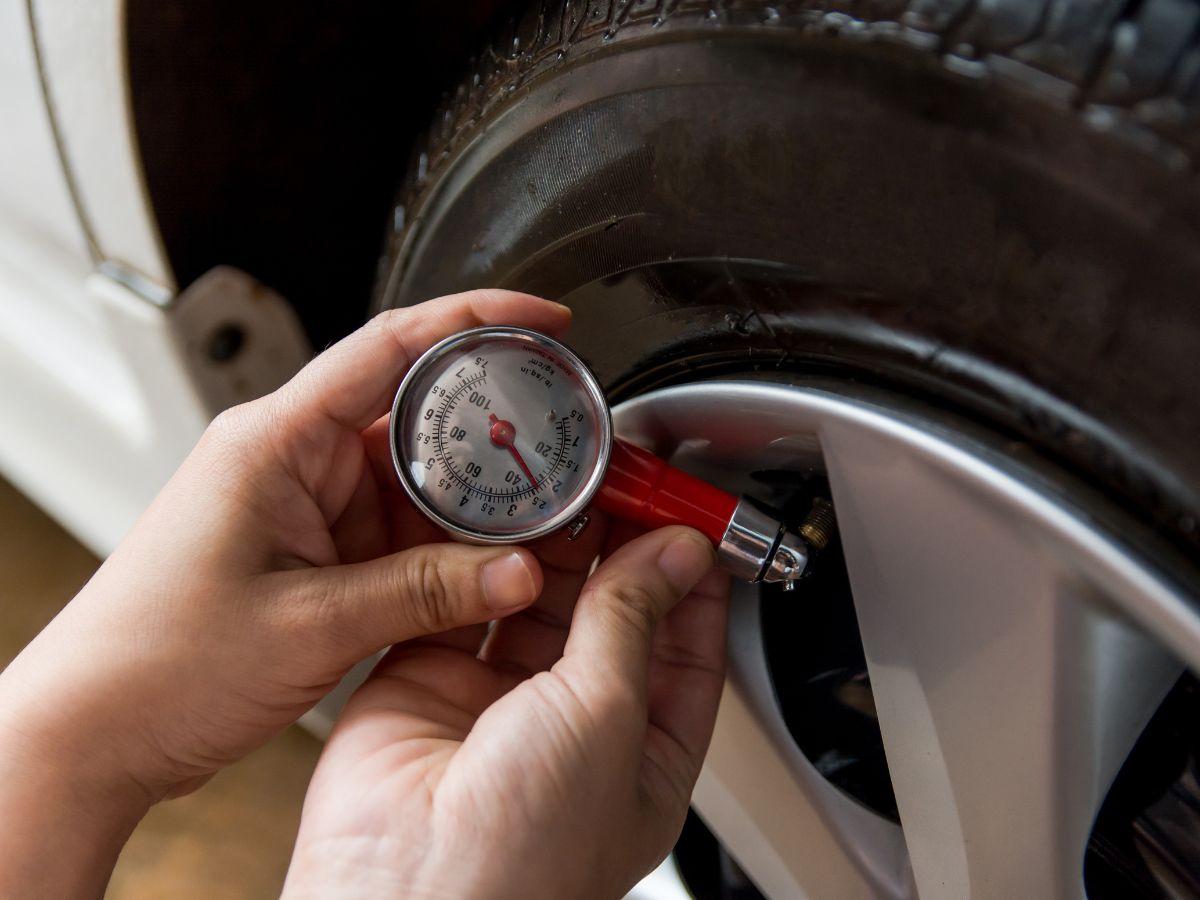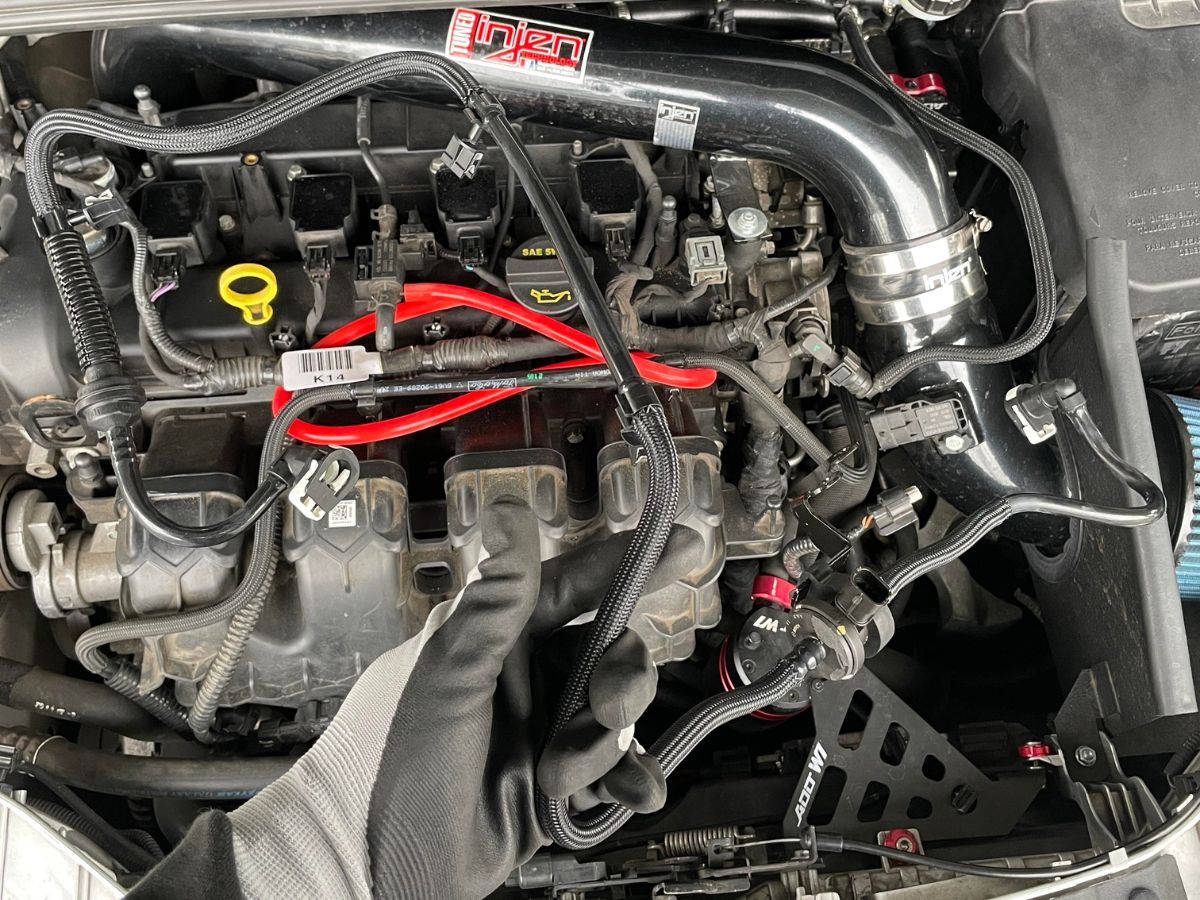Are you a Honda Civic owner who has noticed the tire pressure warning light illuminated on your dashboard? This can be a concerning sight, as it indicates that one or more of your tires may be underinflated. Driving with low tire pressure can be dangerous, leading to reduced fuel efficiency, increased tire wear, and even accidents. In this comprehensive guide, we will walk you through the steps to reset the tire pressure light on your Honda Civic, ensuring your safety and peace of mind on the road.
Why is Proper Tire Pressure Important?
Before diving into the process of resetting the tire pressure light, it's crucial to understand why maintaining proper tire pressure is essential for your safety and financial well-being. Here are some key reasons:

- Safety: Underinflated tires can affect your vehicle's handling, making it more difficult to control, especially during emergency maneuvers or in adverse weather conditions.
- Fuel Efficiency: When your tires are not inflated to the recommended pressure, your vehicle has to work harder to overcome the increased rolling resistance, leading to reduced fuel efficiency and higher fuel costs.
- Tire Longevity: Driving with underinflated tires can cause uneven wear, shortening the lifespan of your tires and requiring premature replacements, which can be costly.
- Legal Requirements: In many regions, driving with underinflated tires is illegal and can result in fines or penalties.
As you can see, maintaining proper tire pressure is not just a matter of convenience; it's a critical aspect of responsible vehicle ownership that directly impacts your safety and financial well-being.
Understanding the Tire Pressure Monitoring System (TPMS)
Modern vehicles, including the Honda Civic, are equipped with a Tire Pressure Monitoring System (TPMS) that continuously monitors the air pressure in your tires. When the system detects that one or more tires are significantly underinflated, it will illuminate the tire pressure warning light on your dashboard to alert you.
There are two main types of TPMS:
-
Direct TPMS: This system uses sensors mounted inside each tire to measure the air pressure directly. The sensors transmit this information to the vehicle's onboard computer, which then displays the tire pressure data on the dashboard.
-
Indirect TPMS: This system uses the vehicle's Anti-lock Braking System (ABS) sensors to monitor the rotational speed of each tire. If one tire is underinflated, it will rotate at a different speed than the others, triggering the tire pressure warning light.
How to Check Tire Pressure on Your Honda Civic
Before attempting to reset the tire pressure light, it's essential to check the actual pressure in your tires and inflate them to the recommended level if necessary. Here's how to do it:
- Park your Honda Civic on a level surface and turn off the engine. Allow the tires to cool down for at least 30 minutes, as driving heats up the air inside the tires, which can lead to inaccurate pressure readings.
- Locate the tire pressure information label, which is usually found on the driver's side door jamb or in the owner's manual. This label will specify the recommended tire pressure for your specific model.
- Remove the valve cap from one of your tires and press a tire pressure gauge firmly onto the valve stem. The gauge will display the current pressure in PSI (pounds per square inch).
- Compare the measured pressure to the recommended pressure on the information label. If the pressure is lower than recommended, use an air compressor or a tire inflator at a gas station to add air until you reach the proper level.
- Repeat the process for all four tires, including the spare if your vehicle is equipped with one.
Resetting the Tire Pressure Light on Your Honda Civic
Once you've ensured that all your tires are properly inflated, you can proceed to reset the tire pressure light. The specific steps may vary slightly depending on your Honda Civic's model year, but the general process is as follows:
For 2016-2022 Honda Civic Models:
- Turn the ignition to the "ON" position without starting the engine.
- Press and hold the TPMS reset button (usually located under the steering wheel or near the shifter) until the tire pressure light blinks twice.
- Release the button and start the engine.
- Drive your vehicle for a few minutes at a speed above 15 mph to allow the system to recalibrate.
For 2011-2015 Honda Civic Models:
- Turn the ignition to the "ON" position without starting the engine.
- Press and hold the TPMS reset button until the tire pressure light blinks twice.
- Release the button and turn the ignition to the "OFF" position.
- Start the engine and drive your vehicle for a few minutes at a speed above 15 mph to allow the system to recalibrate.
For 2006-2010 Honda Civic Models:
- Turn the ignition to the "ON" position without starting the engine.
- Press and release the TPMS reset button three times within five seconds.
- Turn the ignition to the "OFF" position.
- Start the engine and drive your vehicle for a few minutes at a speed above 15 mph to allow the system to recalibrate.
If the tire pressure warning light remains illuminated after following these steps, there may be a more serious issue with your TPMS or tires. In this case, it's best to consult a professional mechanic or your local Honda dealership for further assistance.
Frequently Asked Questions
1. What should I do if my Honda Civic's tire pressure light comes on while driving?
If the tire pressure warning light illuminates while you're driving, safely pull over to a nearby gas station or rest area and check your tire pressure using a gauge. If any of your tires are significantly underinflated, inflate them to the recommended pressure before continuing your journey. If you notice any signs of tire damage or the light remains on after inflating your tires, have your vehicle inspected by a professional as soon as possible.
2. How often should I check my Honda Civic's tire pressure?
It's recommended to check your tire pressure at least once a month and before any long trips. Regularly monitoring your tire pressure can help you catch any slow leaks early and ensure optimal performance and safety.
3. Can I use a different tire pressure than what's recommended on the label?
It's always best to adhere to the manufacturer's recommended tire pressure for your specific Honda Civic model. Deviating from these recommendations can negatively impact your vehicle's handling, fuel efficiency, and tire wear.
4. Can I reset the tire pressure light without checking the actual pressure?
No, it's essential to check and adjust your tire pressure before attempting to reset the tire pressure light. Simply resetting the light without addressing the underlying issue of underinflation can lead to unsafe driving conditions and potential damage to your tires and vehicle.
5. What causes the tire pressure light to come on in the first place?
The tire pressure warning light can illuminate for several reasons, including:
- Natural air loss over time (about 1-2 PSI per month)
- Temperature changes (tire pressure decreases in colder weather)
- Punctures or slow leaks in one or more tires
- Faulty TPMS sensors or system malfunctions
Conclusion
Resetting the tire pressure light on your Honda Civic is a straightforward process that every owner should be familiar with. By maintaining proper tire pressure, you can ensure safer driving, better fuel efficiency, and longer tire life. Remember to check your tire pressure regularly and address any issues promptly to keep your vehicle in optimal condition.




Leave a comment
This site is protected by hCaptcha and the hCaptcha Privacy Policy and Terms of Service apply.